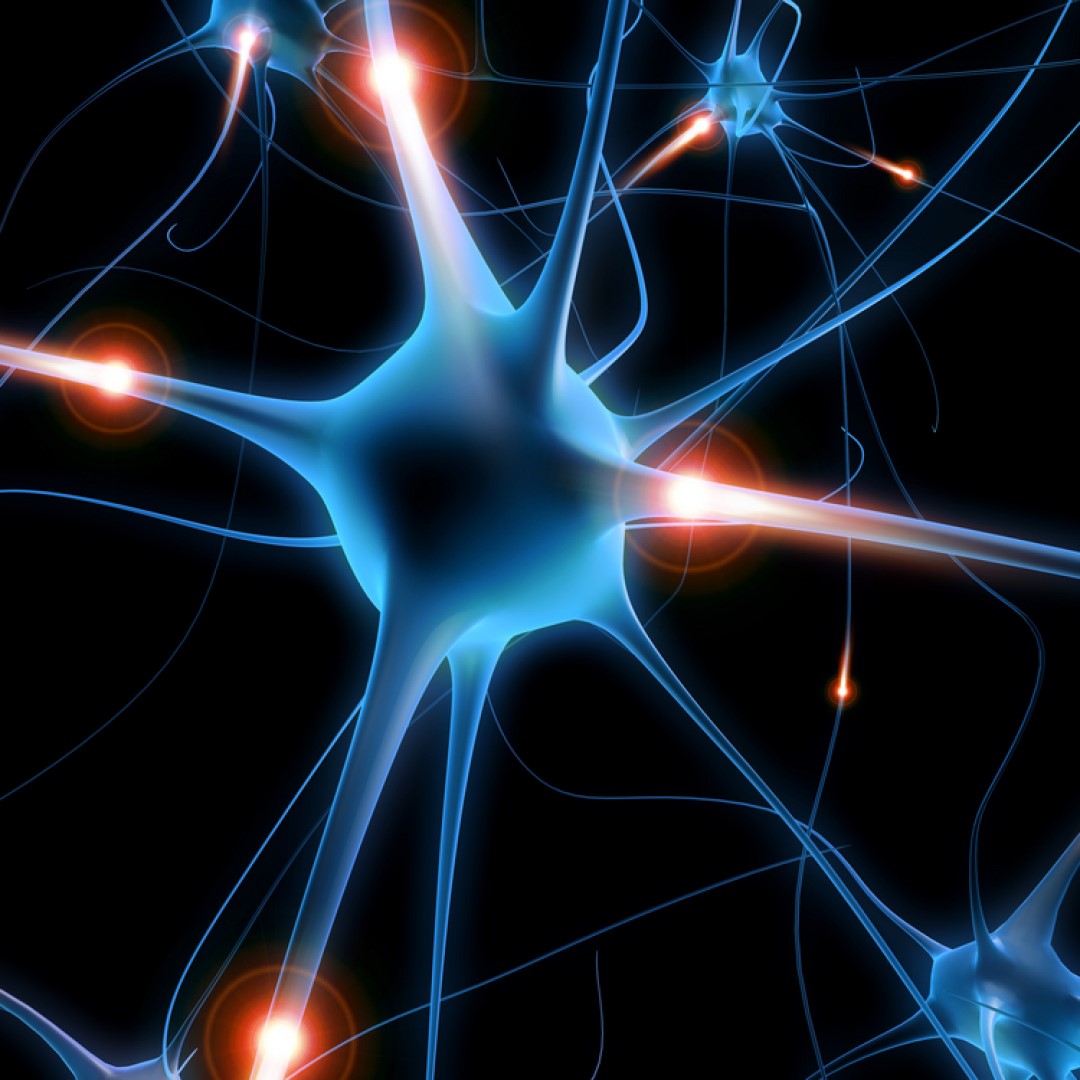
Scientists test real-time view of brain’s waste removal
On May 27, 2025, a research team from the University of Washington Medical Center and the University of Florida reported that a new device monitors the waste-removal system of the brain and may help to prevent Alzheimer’s and other neurological diseases, according to a study published in Nature Biomedical Engineering.
In the study, participants were asleep when they wore the device: a head cap embedded with electrodes that measures shifts in fluid within brain tissue, the neural activity from sleep to wakefulness and changes in the brain’s blood vessels.
By measuring these three features, the researchers found they could monitor the brain’s glymphatic system, which acts as a waste-removal and nutrient-delivery system.
This is the first time that researchers have been able to track the flow of glymphatic fluid in individuals at different levels of sleep through a single night. Previously these processes could only be monitored at university research centers by using MRI, an approach that is too slow to track minute changes in individuals’ sleep stages.
“We have assumed that this system operated in a sort of ‘on-off’ manner: ‘on’ during sleep — particularly during slow-wave sleep — and ‘off’ during waking,” said Jeffrey Iliff, coauthor of the study and a professor in psychiatry and neurology at the University of Washington School of Medicine.
They found that the glymphatic system was active in both deep and REM sleep, as well as when the person was waking up. Rather than turning on and off, switchlike, this clearance function appeared to accelerate the longer a person slept, and then slow down gradually as they woke, Iliff noted.
The wearable device, developed by California-based Applied Cognition, could have several potential uses, Iliff suggested. It could help scientists define whether glymphatic dysfunction contributes to the development conditions such as Alzheimer’s, traumatic brain injury and migraine headaches. It could inform the development of new therapeutics to improve glymphatic function. And it could be used to identify patients at risk for these conditions, who might benefit most from these new therapeutics.
Tags:
Source: University of Washington
Credit:
